Biosphere Reserve, all the faces of Gran Canaria
The magic of the Gran Canaria Biosphere Reserve is swaddled in a murmur of nature and human heartbeats. On the one hand, the space shows the thousand faces of the Island’s landscape. The other faces of the land are far from metaphoric. They belong to the men and women who have proven their close links to the environment through traces of rural uses, such as the case of lime ovens, tar or fish ovens, charcoal bunkers and windmills. Life literally relied on nature, as shown in the use of pine needles to fill mattresses and plump up the place where livestock slumbered.
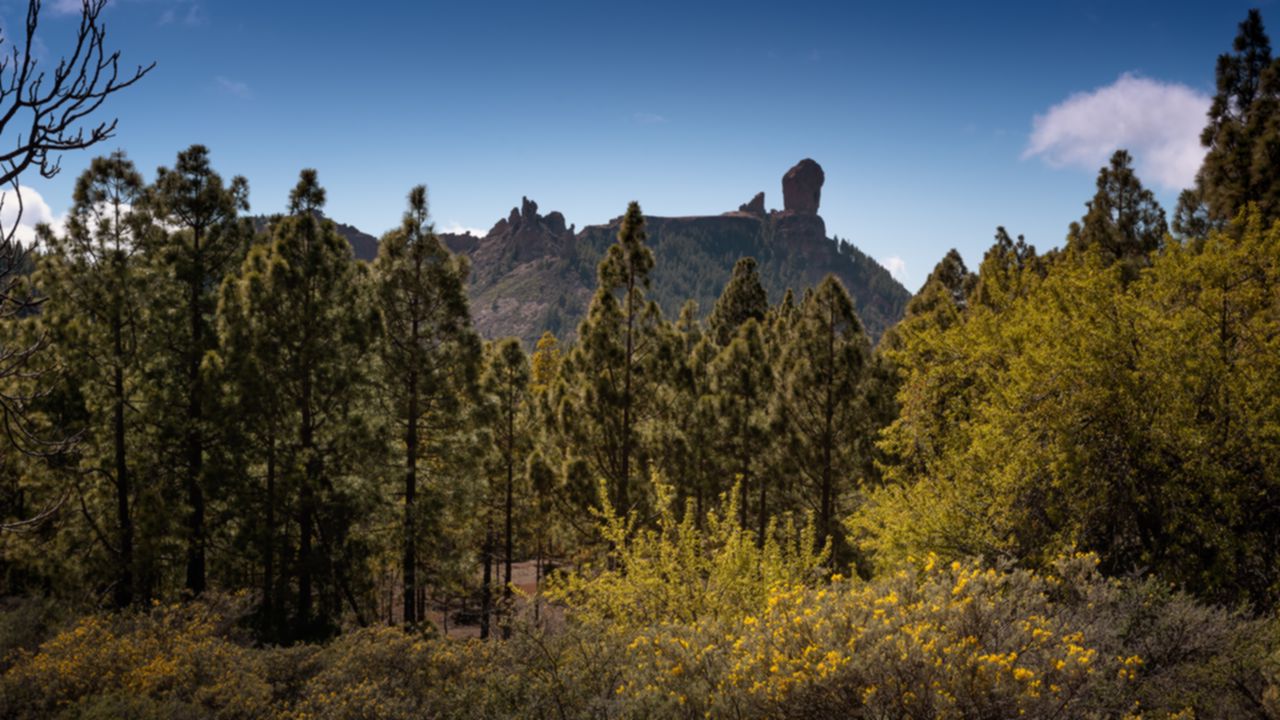
However, the Biosphere Reserve never sleeps. On the contrary, its core maintains many traditional ways that respectfully use the natural resources, as well as ways of life that have been inherited from these practices and are used to develop sustainable tourism activities. Within this natural mosaic, eco-tourism makes it possible to discover this land and delve into the local culture so that you only leave your footprints and take away great memories.
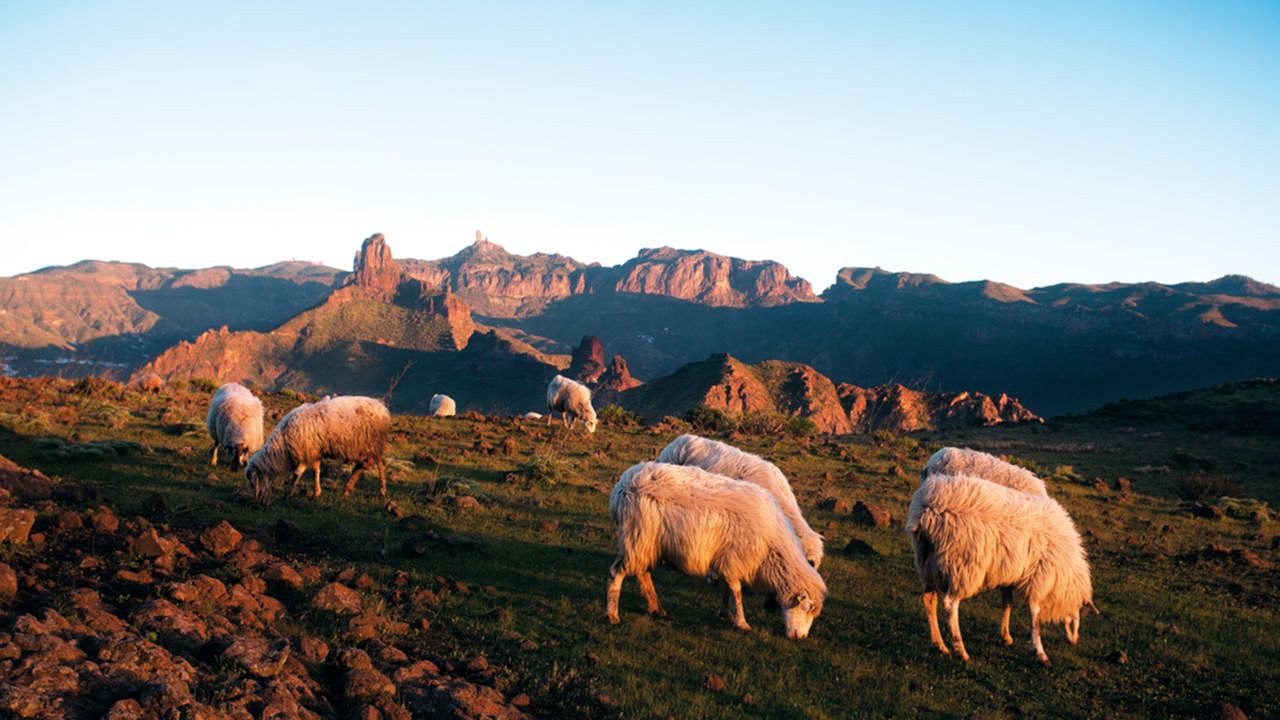
Inside the Biosphere Reserve, you can visit a traditional cheese plant and taste their world-famous goat's and sheep’s cheese. Many of these animals have walked a long way to reach the plateau as this milk comes from the transhumant sheep, following another ancestral practice. In the wineries, each wine has managed to bottle the essence of the landscape. Every morning, hopeful traditional fishing boats leave the ports of Mogán, Agaete or La Aldea de San Nicolás. Further inland, women and men in the countryside nurture every inch of their organically-farmed land.

Each step along a path, each conversation, each stroll along the street of one of the villages in the Biosphere Reserve adds to the land’s sustainable development model and delves into its reality, as refreshing and revealing as visiting its coastline. Let yourself be carried away by the flow of culture winding through its fairs, festivals, markets and other events, growing new branches on a tree with roots plunging deep into tradition.
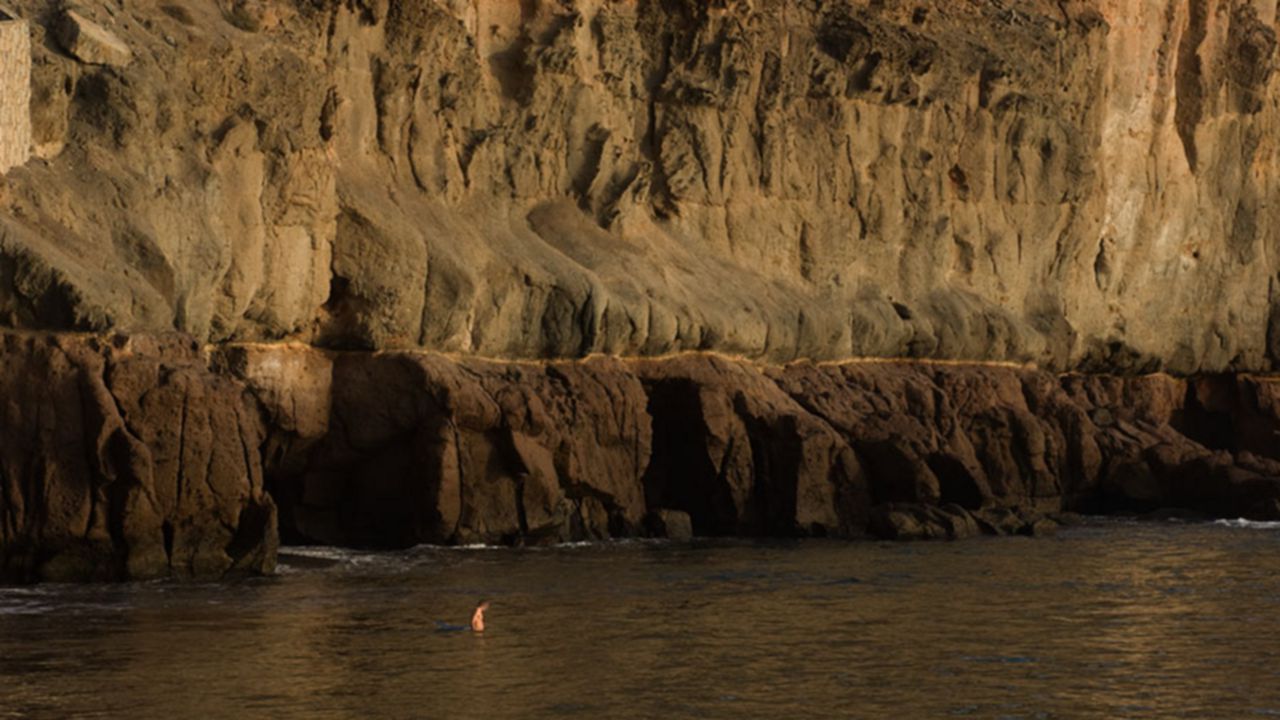
These authentic manifestations take place in a land that is constantly changing. The bristly thistles and balsam spurge might catch your eye at one point, dotted over the slopes or clinging on to the rocks in arid environments. At another point, where the waves speak their endless language of foam, the red barilla plants which have adapted to salt-water show their white flowers along this blurred boundary between land and sea. Facing them, under the sea, the underwater meadows or sebadals stretch out to provide a home to bottlenose dolphins and ancient turtles.
Higher up, palm trees and wild olives, mastic trees and copperwoods form the heart and soul of the thermophilic forest, while the nearby trickle of irrigation canals provides a soundtrack to the strongholds of the laurel forest, until it is replaced by Canary pine trees at greater heights. This short sequence of snapshots shows Gran Canaria’s thousand faces, all brought together in the Biosphere Reserve.
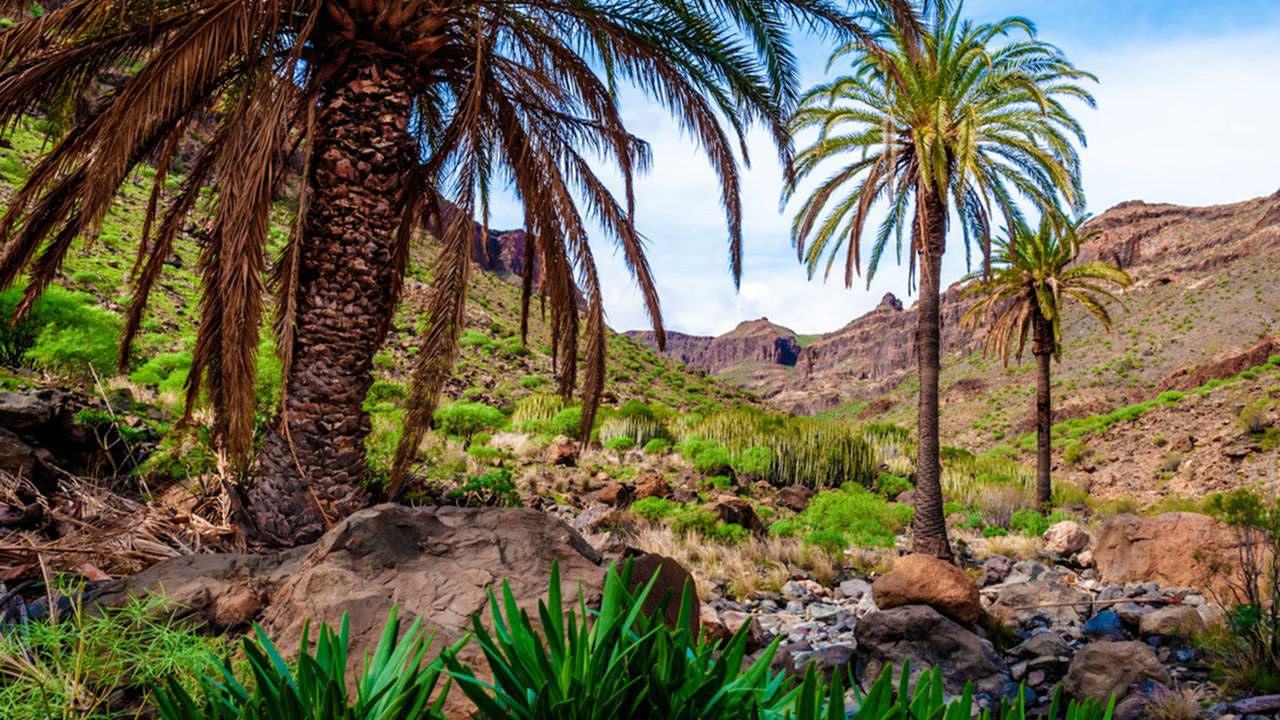
The Gran Canaria Biosphere Reserve is an outdoor sustainability laboratory that occupies the centre and southeast of Gran Canaria and represents more than forty percent of the island’s surface area, plus over 35,000 hectares of sea. It covers the most ancient part of the Island that encompasses the mountain ranges of Güigui, Tamadaba, Inagua-Ojeda-Pajonales, Tauro and Pilancones, plus the Tejeda and Tirajana basins.
This imposing steep geology provides incredible plant and wildlife biodiversity, neatly slotted into ravines, cresting cliffs standing over a thousand metres high, along with widely varying weather at various levels and on different slopes from semi-desert zones to sub-alpine climates, and temperature differences of up to 25 degrees between the coast and the summit. Endemic species such as the blue chaffinch or specimens of the Gran Canaria dragon tree seem to be anchored in a bewildering place between the real world and our daydreams, but they are as real as the sky that they fly through and the soil that they cling to.
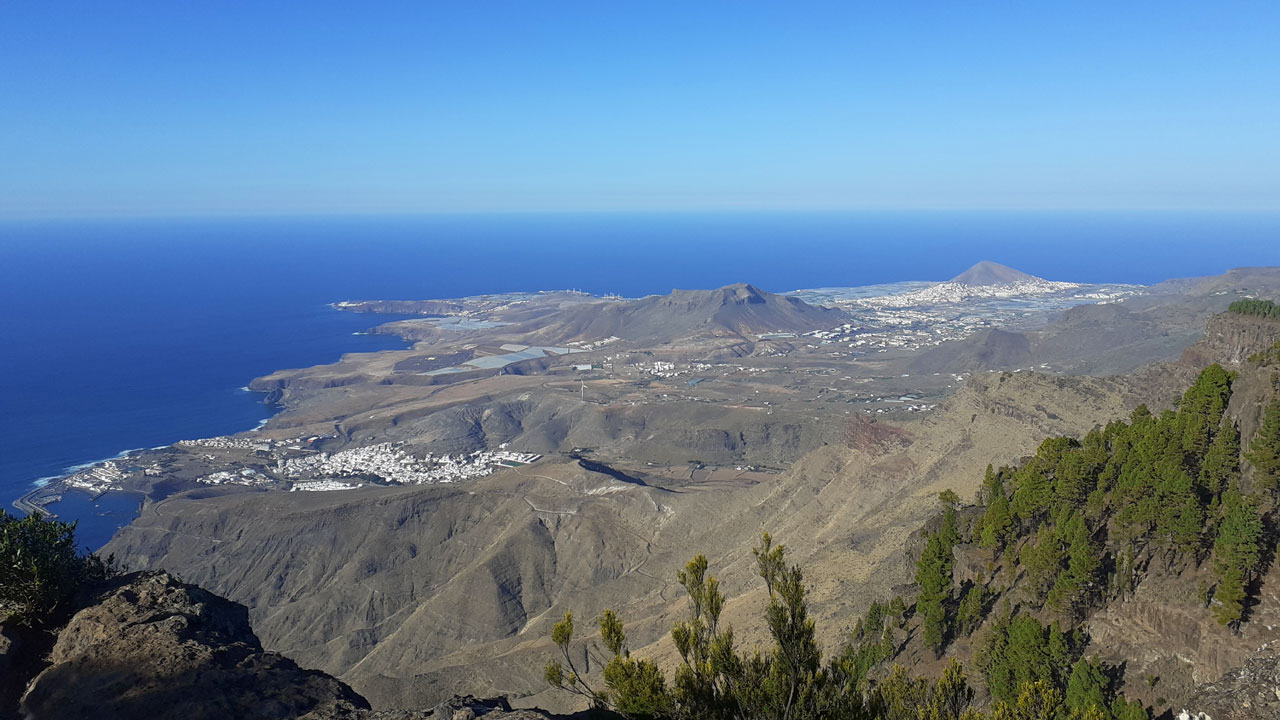
Seven towns and a huge blue kingdom
Each of the seven towns that is fully or partially included in the Gran Canaria Biosphere Reserve is an example of its multifaceted character, completed by the vast coastline. You can find out more from biosfera.grancanaria.com/visitala

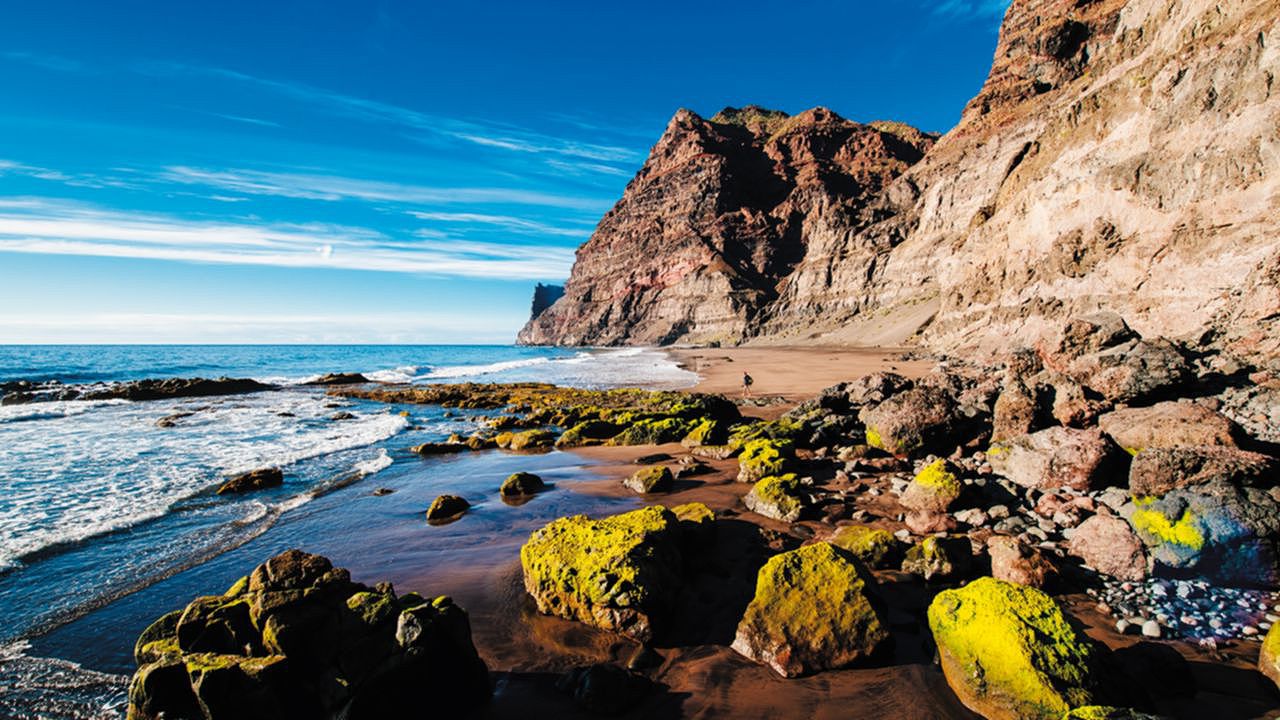
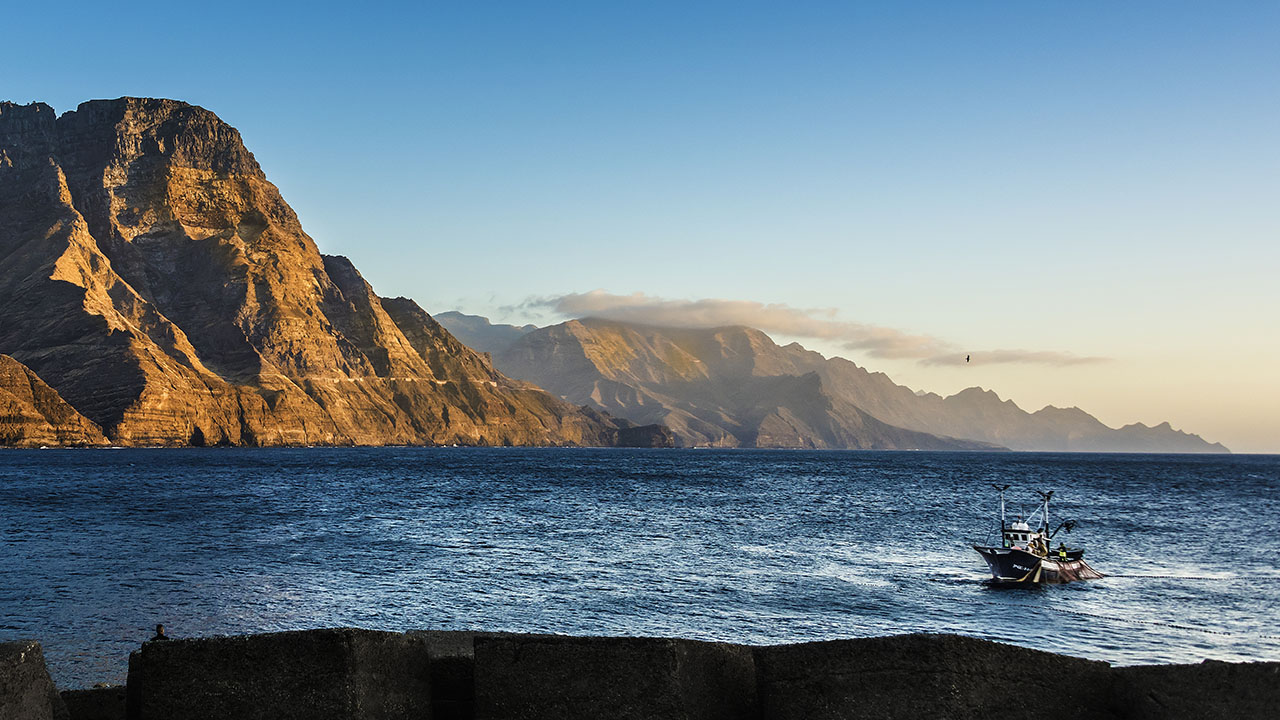
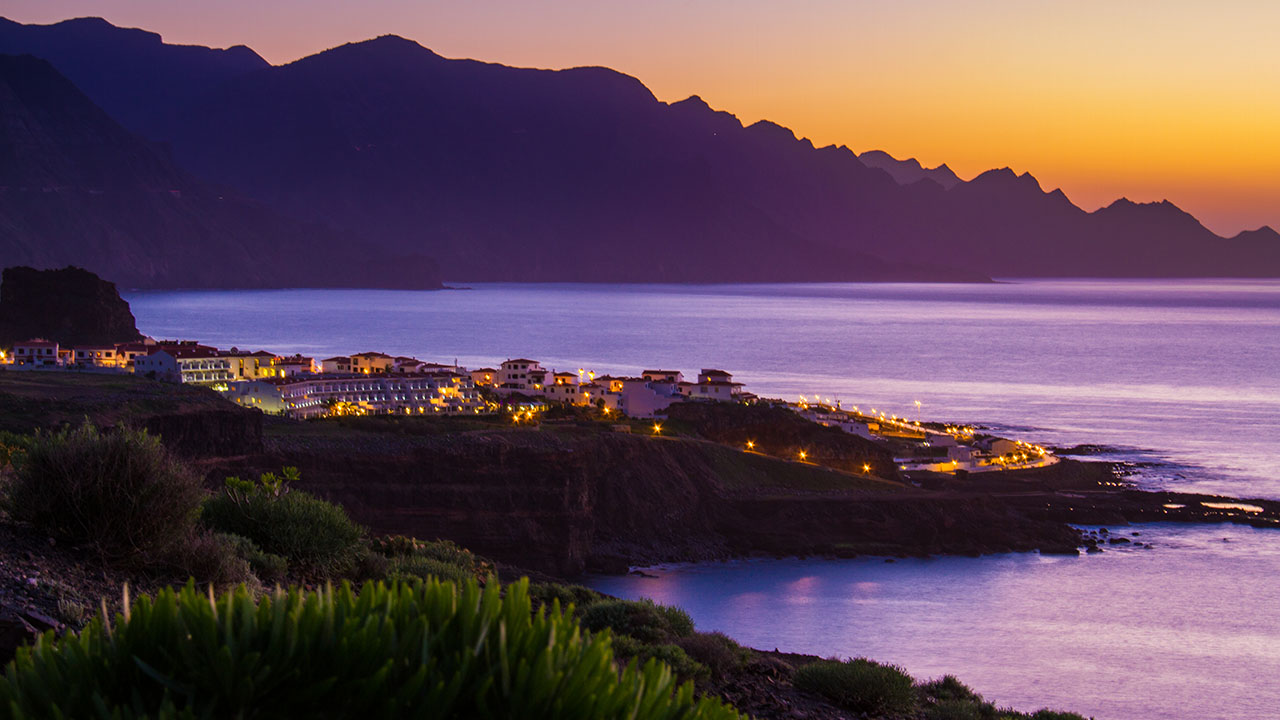
Comments are disabled for this post.